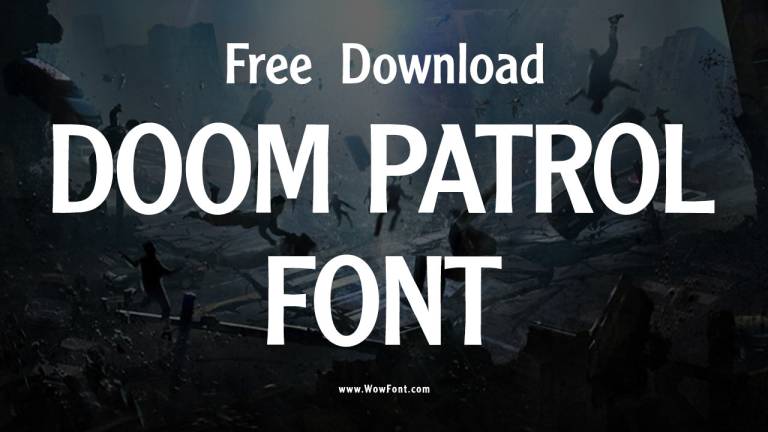Tokyo Godfathers (東京ゴッドファーザーズ) is a 2003 animated film directed by Satoshi Kon. He is popular for his compelling storytelling and artistic style.
This tragicomedy follows three homeless characters—Gin, Hana, and Miyuki—who discover an abandoned baby on Christmas Eve. Their quest to reunite the baby, named Kiyoko, with its parents unfolds amidst Tokyo’s bustling streets, blending humor with poignant reflections on life and redemption.
As the story progresses, the characters confront their haunted pasts and the meaning of family, making it a heartfelt Christmas film that resonates with audiences. The film features a remarkable voice cast, including Toru Emori, Aya Okamoto, and Yoshiaki Umegaki. Keiichi Suzuki provides the score, enhancing the emotional depth of this Japanese animation masterpiece.

The Font Of Tokyo Godfathers

The typography used in Tokyo Godfathers plays a significant role in its branding and promotional materials.
Identified Fonts
- Alleycat: The primary font used on the film’s official poster, designed by Patricia Lillie. This font exudes a playful yet gritty aesthetic, which perfectly complements the film’s themes of resilience and survival amidst urban chaos.
- Bungee: A free alternative font by David Jonathan Ross, often utilized in various promotional graphics. Its bold, rounded letters provide a sense of warmth and approachability, ideal for representing a film that balances humor with serious undertones.
Font Characteristics
- Font Family: Alleycat and Bungee are both sans-serif fonts, known for their legibility and modern feel.
- Styles: Alleycat features a whimsical style with a slightly distressed appearance, while Bungee offers a bold and friendly design.
- Designer Names: Patricia Lillie designed Alleycat; Bungee by David Jonathan Ross.
- Pairing Options: Alleycat pairs well with more straightforward sans-serif fonts for body text, while Bungee can complement playful or casual designs effectively.
Usage Of The Fonts
The fonts are popular across various media, including:
- Promotional Materials: Posters, flyers, and social media graphics for the film.
- Merchandise: T-shirts, mugs, and other branded items related to the film.
- Related Projects: You can use fonts similar in style for works inspired by or related to Satoshi Kon’s other films. These films include Perfect Blue, Millennium Actress, and Paprika.
Similar Fonts
For those interested in exploring fonts similar to Alleycat and Bungee, consider:
- Lobster: A bold script font with a friendly vibe.
- Chewy: A rounded typeface that offers a playful aesthetic.
- Rock Salt: A handwritten style font that maintains legibility and adds a personal touch.
Conclusion
The Tokyo Godfathers font reflects the film’s unique charm and emotional depth, enhancing its storytelling and branding. With its whimsical style and cultural significance, the fonts contribute to the film’s identity in the realm of anime and Japanese animation. Whether you’re a fan of Satoshi Kon or a typography enthusiast, the fonts associated with Tokyo Godfathers offer a fascinating glimpse into how design complements storytelling.
FAQs
1.What Is The Main Font Used In Tokyo Godfathers?
The primary font used in the film’s promotional materials is Alleycat, designed by Patricia Lillie.
2.Are There Any Free Alternatives To The Tokyo Godfathers Font?
Yes, Bungee is a free alternative that you can use for similar designs.
3.Who Directed Tokyo Godfathers?
The film was directed by Satoshi Kon, known for his unique storytelling in animation.
4.What Themes Does Tokyo Godfathers Explore?
The film delves into themes of family, redemption, and the struggles of homeless characters during Christmas.
5.Can The Fonts Be Used For Commercial Purposes?
Alleycat requires a license for commercial use, while Bungee is free for personal and commercial use.


Leave a Comment